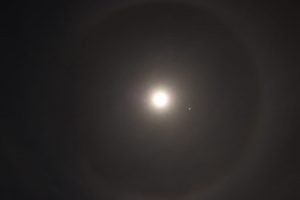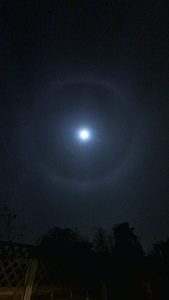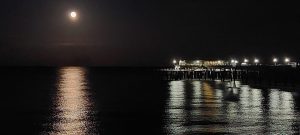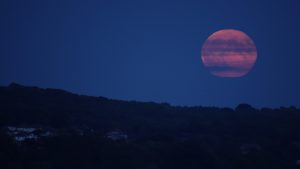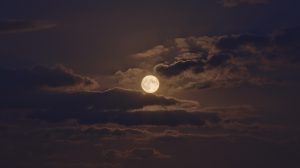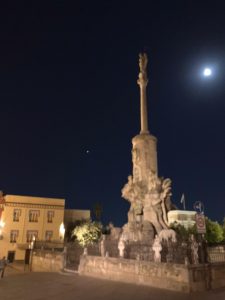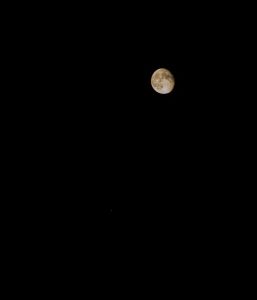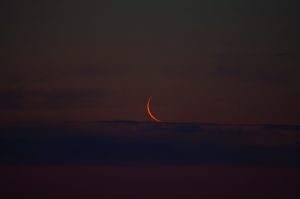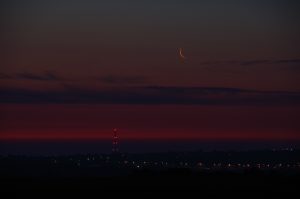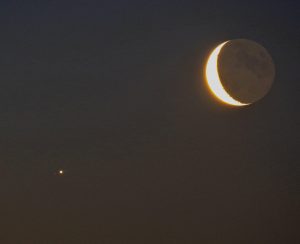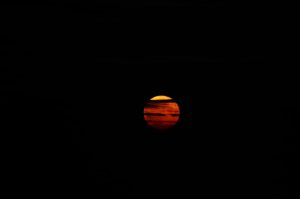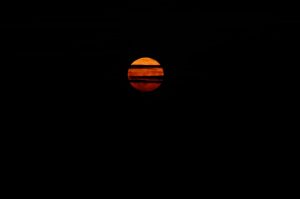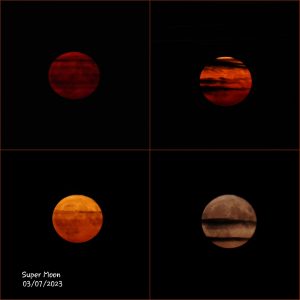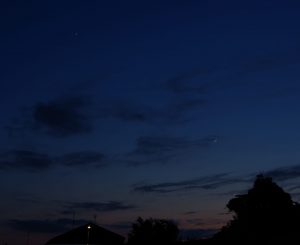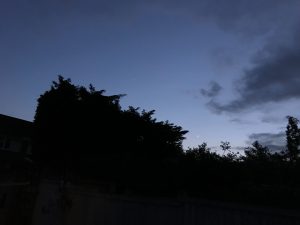Two lovely images of the Moon taken by members Jim Burchell & Kevin Langford on the 28th Nov 2023.
On this day, the moon was 14.57 days old, 99.58% illuminated and so in the Waning Gibbous phase and found in the constellation Gemini. The Waning Gibbous phase is the first phase after the Full Moon. It lasts roughly 7 days with the Moon’s illumination growing smaller each day until the Moon becomes a Last Quarter Moon with an illumination of 50%, sometimes referred to has a half moon.
Gibbous has its origins in the Late Latin word gibbosus, meaning 'humpbacked' and the Latin word gibbus, meaning "hump." It was adopted into Middle English to describe rounded, convex things.
Kevin Langford's image taken using a Cannon 750D and a 150 to 600 mm Sigma lens.
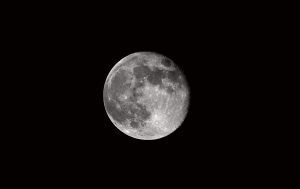
Jim Burchell's image taken using a Pentax KP, F8.0, 1/400 sec, 300mm, iso 800 and cropped in Snapseed.



